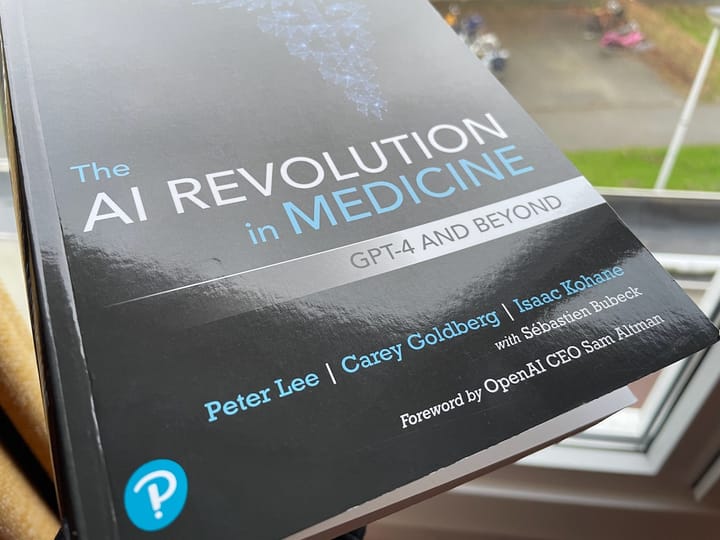Review of "How Big Things Get Done" by Bent Flyvbjerg
To succeed in big projects, remember key insights from 'How Big Things Get Done' by Bent Flyvbjerg: Think slowly, act swiftly, base predictions on solid ground, leverage reference data, draw from experience, and embrace modularity.

While attending the MACH Conference in Amsterdam, June 2023, I was introduced to the book "How Big Things Get Done" by Bent Flyvbjerg.
Intrigued by its relevance to my professional endeavors, particularly in setting up an organization to promote digital literacy and managing various projects in my personal life, I eagerly immersed myself in its pages.
Think Slow, Act Fast
At the core of Flyvbjerg's book is the principle of "think slow, act fast." This concept resonated deeply with me, considering the complexity of the projects I'm involved in. It emphasized the importance of taking the time to deliberate, plan, and analyze potential challenges before executing actions. By doing so, I've discovered the value of informed decision-making, risk mitigation, and the ability to seize opportunities swiftly and efficiently.
Utzon's inexperience and the subsequent troubles faced in the Sydney Opera House project starkly illustrate the critical need for experience, whether in the age of individuals or the depth of expertise within a team or organization. Flyvbjerg's narrative powerfully underscores the essence of choosing wisely when embarking on significant projects, leaving readers with a profound lesson in the pursuit of ambitious endeavors.
The pitfalls of wrong predictions
Flyvbjerg's exploration of the dangers associated with incorrect predictions based solely on optimism or an internal perspective struck a chord with me. The book shed light on the disappointment that stems from such misguided forecasts. This realization prompted me to prioritize grounded predictions backed by historical data, utilizing reference class forecasting to improve accuracy and decision-making. It also was a bit consoling for the horrible times you feel like getting stuck in the machine.

The power of reference class forecasting (RFC)
Through reference class forecasting, Flyvbjerg demonstrated the power of leveraging historical data from similar projects. This approach enabled me to avoid biases and over-optimism, fostering more realistic expectations. By incorporating this method, I gained confidence in making data-driven decisions and enhancing overall project performance. RFC feels like a very solid formula that can be use in many different projects and life situations.
Harnessing the power of experience
Flyvbjerg's insights on the significance of experience resonated deeply with my professional journey. Acknowledging the collective knowledge and lessons learned from past projects, I found inspiration in fostering a culture of experience sharing within my organization. Leveraging the expertise of teams has proven instrumental in improving decision-making, managing risks, and achieving successful project outcomes.
Review
In my opinion, "How Big Things Get Done" is a well-written book, rich with powerful ideas honed through years of experience. While not light reading, it offers valuable insights that I'm determined to internalize and carry forward.
Also, the book elucidated the irreversible nature of projects once they are set in motion, even with flawed predictions. These insights have reshaped my perspective and underscored the importance of robust planning, thoughtful execution, and leveraging reference data to inform decision-making.
I wholeheartedly recommend "How Big Things Get Done" to those seeking to navigate large projects. Rather than searching for groundbreaking innovations, this book offers time-tested formulas supported by thorough research. It is a valuable resource for professionals looking to enhance their project management skills and achieve success in the face of big challenges.



